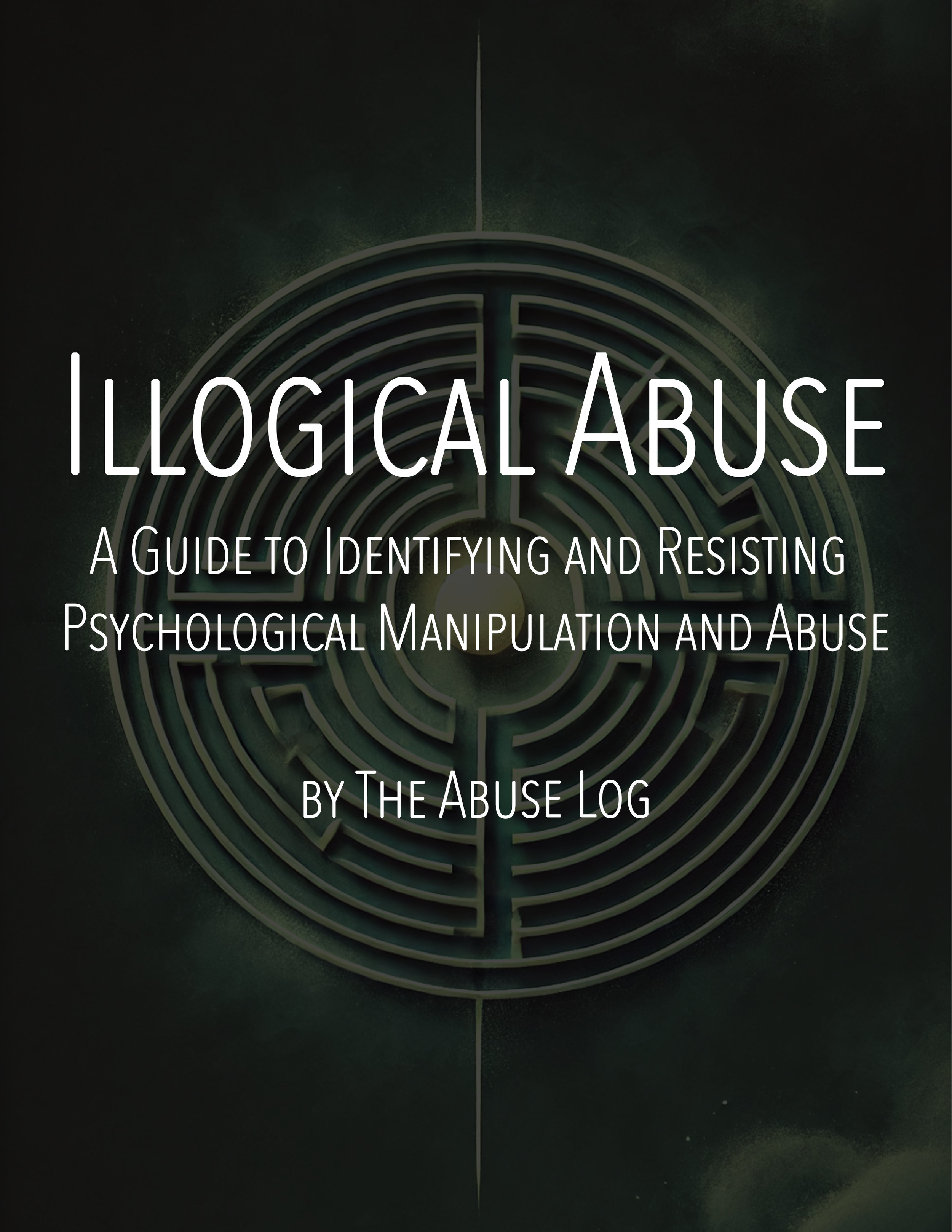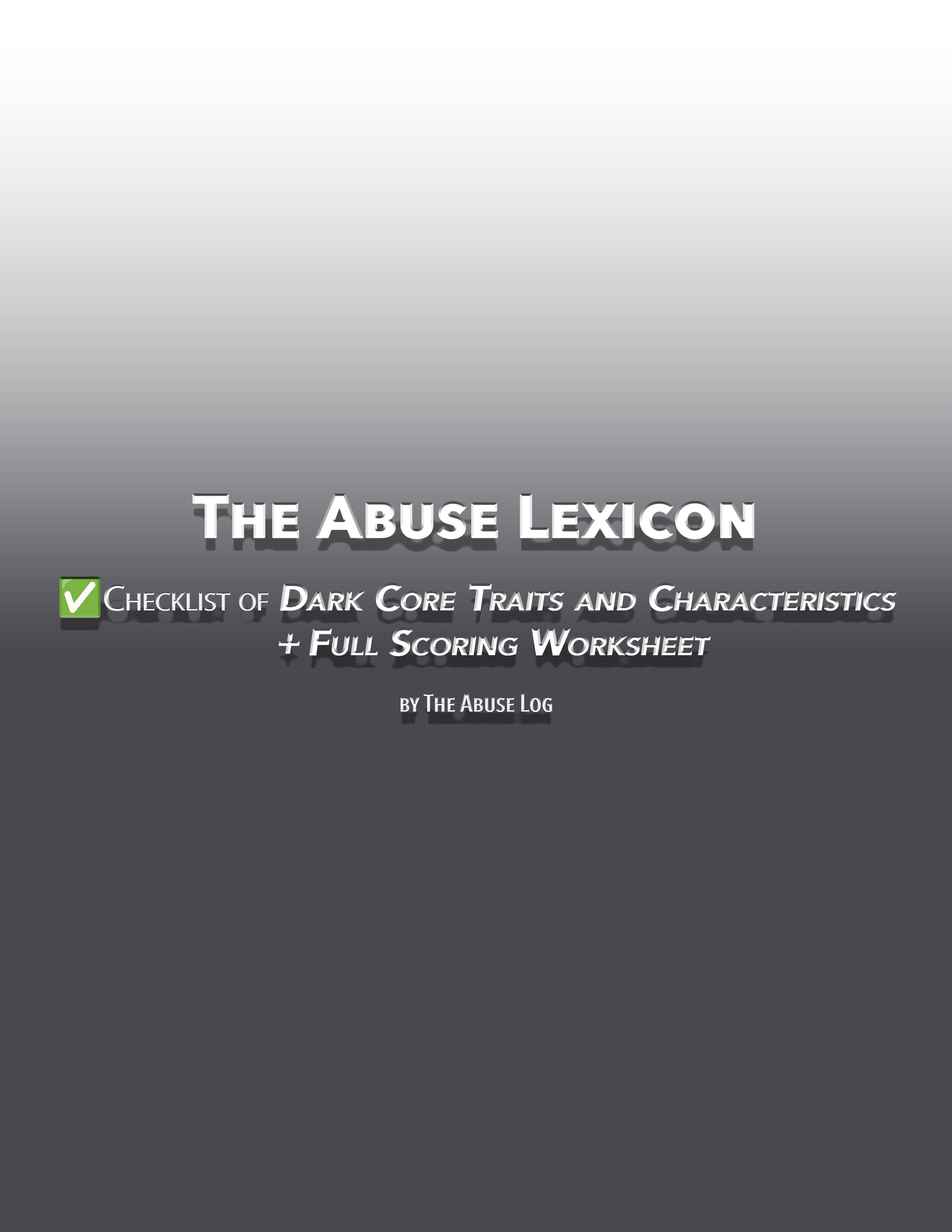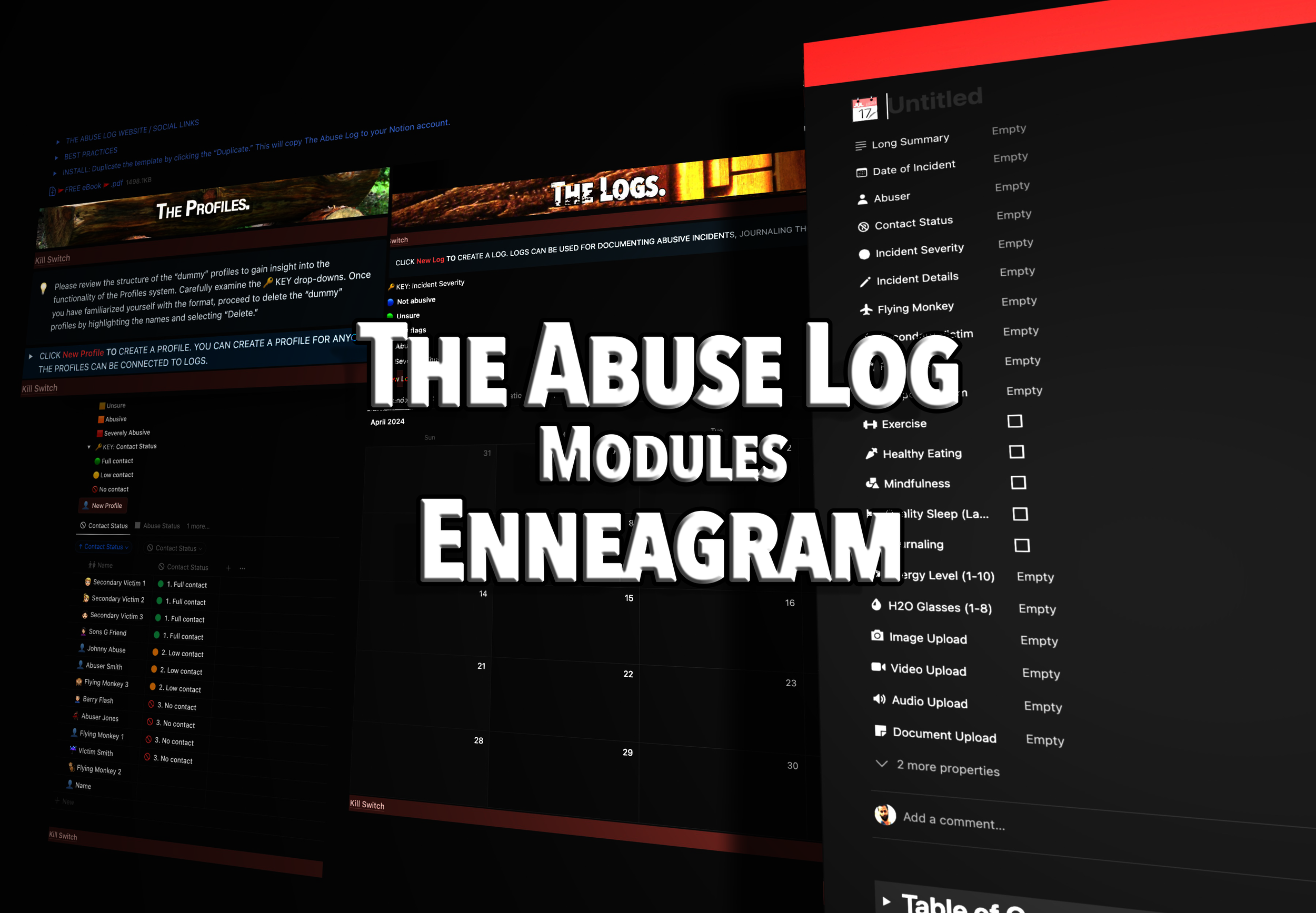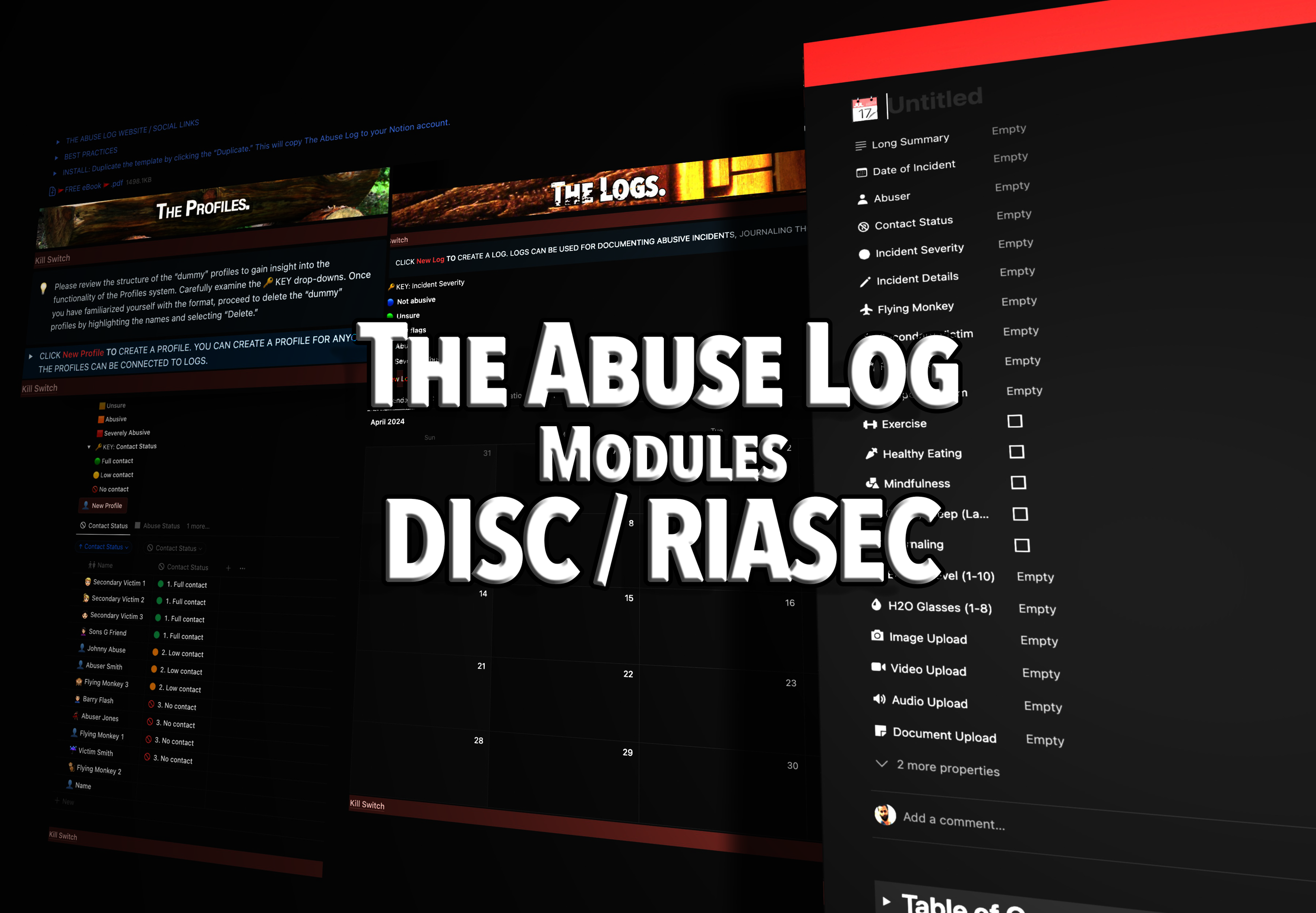The Shattered Mirror: How Maternal Failures Fragment a Child’s Object Relations and Shape a Disordered Psyche
Introduction
The maternal bond serves as a child’s first and most vital connection to the world. Within this bond, foundational psychological structures are formed, primarily through the mother’s gaze, touch, voice, and emotional attunement. When these elements fail—when the mother is emotionally unavailable, inconsistent, or outright harmful—the child’s ability to form object relations is deeply compromised. This disruption can manifest in a fragmented sense of self, chronic relational dysfunction, and an unending search for substitute maternal figures.
Object relations theory, rooted in the work of Melanie Klein and Donald Winnicott, posits that early relationships with primary caregivers (usually the mother) serve as the template for all future interpersonal connections. If this template is distorted or shattered, the child may grow into an adult who is unable to form healthy relationships, oscillating between clinging dependency and defensive detachment.
This article explores how a damaged maternal relationship disrupts a child’s object relations, the psychological disorders that can emerge from this rupture, and the lifelong search for a maternal substitute to fill the void left behind.
1. The Mother as the Child’s First Object: Building Blocks of Relational Reality
In object relations theory, the mother is the child’s first “object.” The infant does not initially perceive the mother as a separate entity but rather as an extension of their own existence—a source of warmth, nourishment, and emotional regulation. Through consistent maternal care, the child develops object constancy, the ability to recognize the mother as a stable and reliable presence even in her physical or emotional absence.
When this maternal figure is emotionally inconsistent, neglectful, or abusive, the child cannot establish this constancy. Instead, the mother becomes an unreliable object—sometimes present, sometimes absent, sometimes loving, sometimes rejecting. This inconsistency creates an internal split within the child’s psyche, often characterized by:
Idealization vs. Devaluation: The child sees others as either wholly good or wholly bad, unable to reconcile both qualities in a single person.
Emotional Fragmentation: A sense of inner chaos where emotions are either overwhelming or entirely suppressed.
Chronic Anxiety: The child cannot predict how the mother will respond, leading to a constant state of hypervigilance.

Failure of the Maternal Gaze
The mother’s gaze serves as an emotional mirror for the child, reflecting back their worth, safety, and identity. When this gaze is absent, cold, or critical, the child internalizes a distorted self-image. They may feel inherently unworthy, invisible, or defective. This self-perception becomes the foundation upon which all future relationships are built.
2. From Fragmented Attachment to Disordered Psyche
When maternal care fails to provide stability and consistency, the child’s internal object relations remain disorganized and chaotic. The psyche attempts to make sense of the fragmented maternal presence but often fails, leading to the development of maladaptive coping mechanisms and potential personality disorders.
Borderline Personality Traits
In extreme cases, maternal failure can contribute to the development of Borderline Personality Disorder (BPD) or traits resembling it:
Fear of Abandonment: The child grows into an adult who is terrified of emotional or physical abandonment, often clinging desperately to partners or friends.
Emotional Volatility: Sudden shifts between idealization and devaluation of others mirror the child’s experience with their inconsistent mother.
Identity Disturbance: The fragmented maternal connection prevents the formation of a stable sense of self.
Narcissistic Vulnerability
Some children may cope with maternal inconsistency by developing a narcissistic defense. They construct a grandiose self-image to compensate for the lack of maternal affirmation. However, beneath this facade lies an intense fear of inadequacy and rejection.
Emotional Hunger and Relational Dependency
The unmet emotional needs from early childhood often manifest as a relentless hunger for emotional validation from others. Adults with disrupted object relations may:
Form intense, enmeshed relationships.
Constantly seek external validation.
Have difficulty sustaining long-term relationships due to fear of intimacy or rejection.
3. The Lifelong Search for the Lost Mother: Seeking Substitute Maternal Figures
A child whose maternal bond was fractured often becomes an adult perpetually searching for substitute maternal figures—partners, friends, mentors, or authority figures who might finally offer the emotional nurturance that was denied in infancy.
The Fantasy of the “Good Mother”
This search is driven by an unconscious fantasy of finding the “good mother”—the warm, consistent, loving presence who can soothe the inner child’s unmet needs. However, no substitute can fully satisfy this longing, as it originates from an irreparable rupture in early development.
Patterns of Attachment in Adulthood
Adults searching for maternal substitutes often exhibit repeating patterns in their relationships:
Over-dependence on romantic partners: Romantic relationships become surrogate mother-child dynamics, with the partner expected to meet impossible emotional demands.
Idealization of authority figures: Teachers, bosses, or mentors may be placed on pedestals, only to be devalued when they inevitably fail to meet maternal expectations.
Persistent dissatisfaction: No relationship ever feels “enough” because the unmet maternal need cannot be retroactively fulfilled.
Self-Sabotage in Relationships
The longing for a maternal figure often comes with intense fear of vulnerability. As a result, individuals may sabotage relationships when they sense emotional intimacy approaching, preemptively rejecting others before they can be rejected themselves.
4. Pathways to Healing: Reconstructing Internal Object Relations
Healing from maternal failure and disordered object relations is not easy, but it is possible. The process often requires:
Therapeutic Reparenting
In therapy, especially in psychodynamic or object-relations-based modalities, the therapist can serve as a “transitional object.” Through consistent, emotionally attuned care, the therapist helps the patient:
Develop object constancy.
Learn to regulate emotions.
Build a stable internal sense of self.
Self-Parenting Techniques
Learning to self-soothe and reparent the inner child can be a crucial step in healing. Techniques include:
Validating one’s own emotions.
Establishing internal boundaries.
Practicing self-compassion.
Secure Relationships
Building relationships with emotionally available and consistent individuals can help rewire the internal relational template. Over time, these stable connections can replace fragmented object relations with healthier patterns.
Final Thoughts: From Fracture to Integration
The damage caused by maternal failures in early childhood cannot be entirely undone, but it can be integrated into a cohesive narrative of self-awareness and healing. The journey from fragmented object relations to emotional wholeness requires patience, courage, and often professional intervention.
For those trapped in the endless search for the “good mother,” the path to healing begins with recognizing that no external figure can fully replace what was lost. Instead, the focus shifts inward—to building self-compassion, fostering emotional resilience, and finding peace within the fractured parts of the self.
In the words of Donald Winnicott, “It is a joy to be hidden, and disaster not to be found.” Healing begins when the child within us feels seen, even if it’s by our own adult selves.





































![The Abuse Log Notion Template [Basic]](https://images.squarespace-cdn.com/content/v1/65b9553c448d7e5b0ec1dfcd/4c83e581-b720-4cbe-83b1-2d72e7a9ac8a/Logo+Gumroad-Basic.png)
![The Abuse Log Notion Template [Advanced]](https://images.squarespace-cdn.com/content/v1/65b9553c448d7e5b0ec1dfcd/c3bb150a-a911-4f91-a23e-3621b98a2d55/Logo+GumroadAdvanced.png)
![The Abuse Log Notion Template [Professional]](https://images.squarespace-cdn.com/content/v1/65b9553c448d7e5b0ec1dfcd/7fa18cea-edf4-4325-8234-13f3527579c2/Logo+GumroadProfessional.png)


















